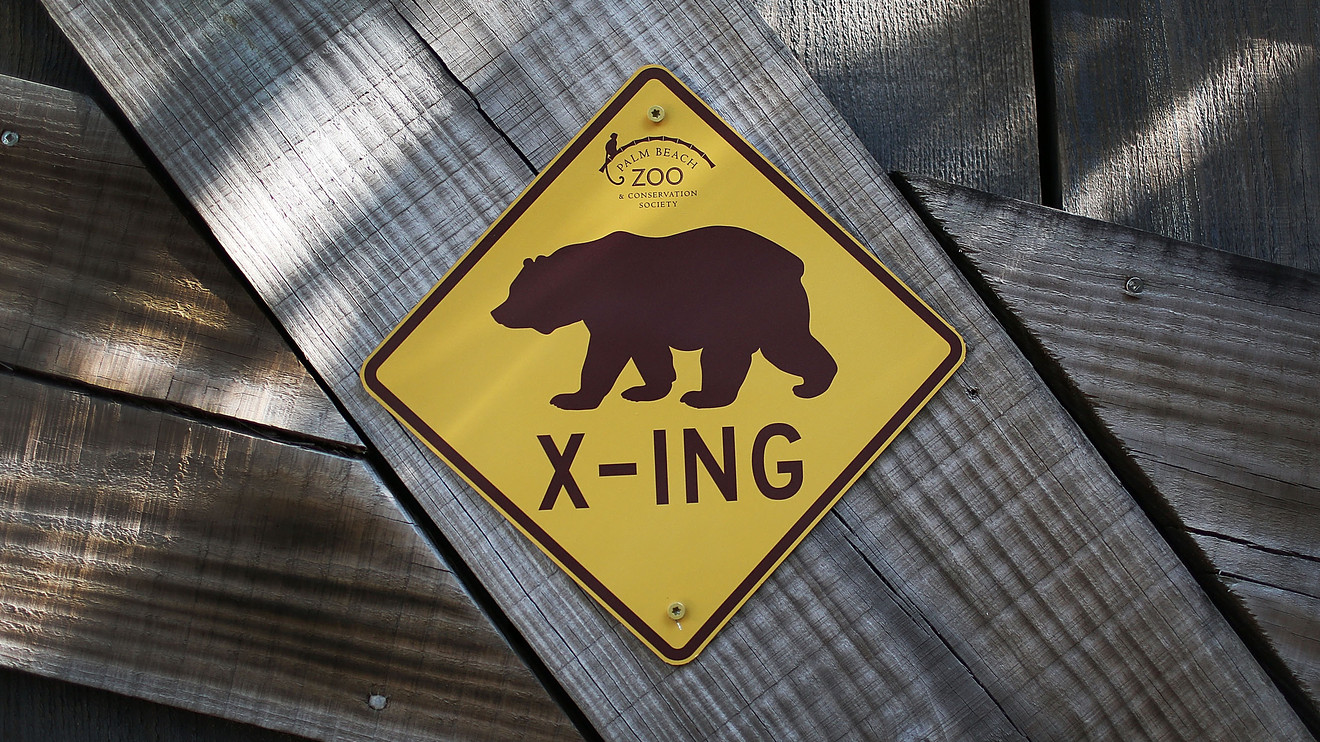
U.S. stocks attempted to rebound Friday, rising sharply at the open after the Dow and the S&P 500 suffered their biggest one-day plunge since the October 1987 crash.
Signs of progress toward a U.S. fiscal stimulus package to cushion the economic impact of the COVID-19 pandemic were credited with support, but analysts cautioned conditions were likely to remain volatile in the wake of this week’s global market carnage.
What are markets doing?
The Dow Jones Industrial Average DJIA, +2.36% gain 983 points, or 4.6%, to reach 22,178, the S&P 500 index SPX, +3.01% rose 127 points, or 5.1%, at 2,608, while the Nasdaq Composite Index COMP, +2.97% jumped 367 points, or 5.1%, at 7,562. Futures for stocks hit 5% limit-up rules that capped the upside in stock-index futures trading.
On Thursday, the Dow and S&P 500 suffered their worst day since the “Black Monday” crash of Oct. 19, 1987. The Dow plunged 2,352.60 points, or 10%, to end at 21,200.62. The S&P 500 ac shed 9.5%, or 260.74 points, to close at 2,480.64. The Nasdaq Composite Index US:COMP tumbled 9.4%, or 750.25 points, to finish at 7,201.80.
The S&P 500 index and Nasdaq Composite joined the Dow in bear-market territory Thursday, commonly defined as a decline of at least 20% from a recent peak.
For the week, the Dow is on pace to fall 15%, the S&P 500 index is on pace for a 12.8% decline, while the Nasdaq is on track for a 13.4% weekly plunge.
What’s driving markets?
House Speaker Nancy Pelosi said she and President Donald Trump are near an agreement on a an aid package to help address the health emergency that is created by the infectious disease that was first identified in Wuhan, China in December and has infected about 128,000 people world-wide.
“The turnaround comes as central banks from U.S. to Australia pump liquidity in the financial markets and as investors become hopeful that U.S. Democrats and Republicans could pass a stimulus package on Friday,” said Fiona Cincotta, analyst at City Index, in a note. “Washington may be late to the party, but they are still more than welcome.”
Stocks plunged Thursday as liquidity fears joined the coronavirus pandemic and its effect on the economy in rattling investors. The Federal Reserve on Thursday said it would inject $1.5 trillion of temporary liquidity into the financial system, but it did little to reassure traders, who were apparently dismayed by the lack of concrete plans from President Donald Trump in his address Wednesday night, and disappointed that Congress has not yet come to an agreement on a wide-ranging aid bill.
“The biggest issue isn’t the coronavirus, it’s the emerging liquidity crisis,” Kent Engelke, chief economic strategist at Capitol Securities Management told MarketWatch on Thursday. “It’s frankly scary. It really shatters your confidence in the market.”
Meanwhile, a report by Capital Economics said measures to stop the spread of the coronavirus could force the U.S. economy to contract by a stunning 4% in the second quarter, pushing the economy into recession.
Analysts and investors were debating whether this week’s carnage, punctuated by Thursday’s drop, would mark near-term capitulation that would leave room for a retracement of recent losses.
“With the whole investing world being leveraged long before this thunderstorm, it seems we have now entered a vicious loop where selling begets more selling, as margin calls are forcing many players to liquidate positions,” said Marios Hadjikyriacos, investment analyst at XM
What are other markets doing?
Markets in Asia fell sharply on Friday. Japan’s Nikkei NIK, -6.08% fell 6.1%, while South Korea’s Kospi 180721, -3.43% lost 3.4%.
After closing sharply lower Thursday, oil futures also perked up early Friday. West Texas Intermediate crude for April delivery CLJ20, +2.89% rose 5.6% to $33.26 a barrel, while May Brent crude BRNK20, +1.96%, the global benchmark, was up 5.5% at $35.04 a barrel.
div > iframe { width: 100% !important; min-width: 300px; max-width: 800px; } ]]>











Add Comment